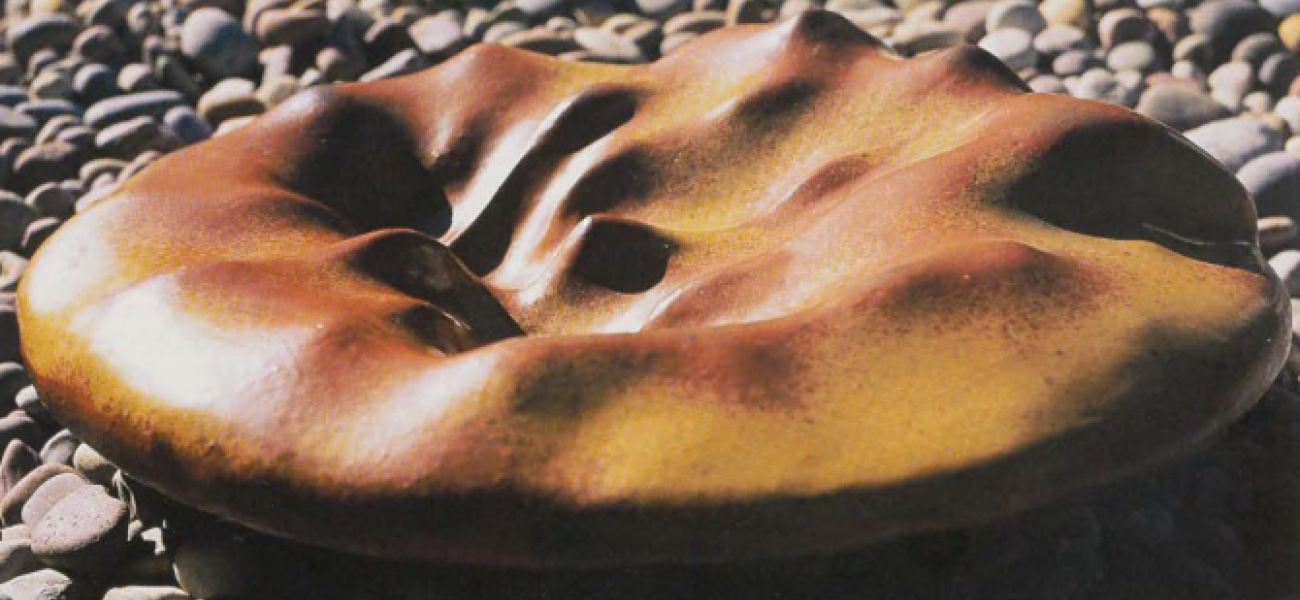David was a personal and professional friend. Somehow, we seemed to know each other before we met, probably through our writings and friends we had in common. Postcards were our internet; we read books and turned our backs on television. Because we lived so far apart, we rarely saw one another in person, but when we did, usually at an NCECA convention or wood-firing conference like the one in 1983 at Peters Valley, conversation came easily and validated Emerson’s observation: “A friend is a person with whom I may be sincere.” Introverts tend not to yuk it up.
I wrote the following essay during the mid-1980s after participating in a conference at Arrowmont School for the Arts and Crafts in Gatlinburg, Tennessee, and revised it in connection with a Shaner commemorative at Kutztown University, Kutztown, Pennsylvania, on October 12th through 14th, 2023.
Reflective Energy

Dave Shaner is throwing a teabowl. Seated at a Randall wheel in studio number two at Arrowmont School of Arts and Crafts, in Gatlinburg, Tennessee, on a Friday afternoon in September, he is one of five presenters working simultaneously at various locations as part of a conference entitled "Utilitarian Clay." His presentation, "Teapots, Teabowls, and Taking Care of Yourself," has drawn dozens of participants. If he weren't here, he might be seated at a Randall wheel near Bigfork, Montana, making a teabowl. It is hard to imagine an hour of the day or night when a Randall wheel isn't turning, or someone isn't holding a Shaner teabowl.
The gaze he directs at the clay has entranced a bowl into being; his hands just guiding that magic. The wheel's momentum paces his words. He works and talks easily: "The amount of energy you put into the pot reflects out." (He ought to know, having absorbed for at least forty years the energy radiating from an eclectic assortment of favorite pots.) "I always feel good when I make teabowls. I don't make anything I don't enjoy making."
Shaner's lucid declarative sentences are the verbal equivalent of his strong, direct pots, described by Garth Clark as "reductivist." Though his speech and manner are casual, his words are as carefully chosen as his working methods; he is as self-editing with language as with clay:

